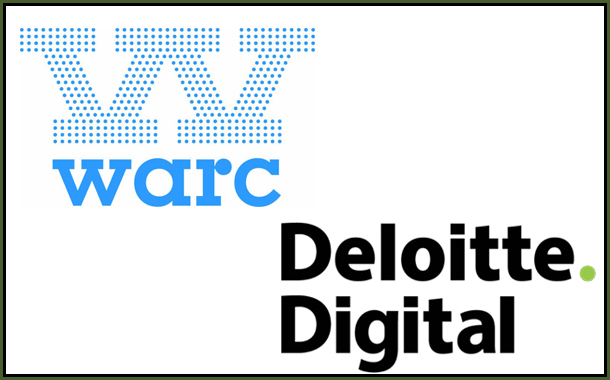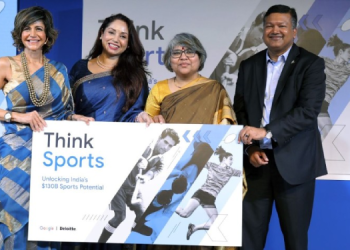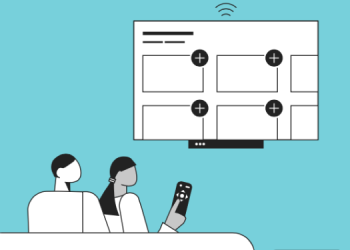Warc, the global marketing intelligence service, has today released Toolkit 2017, an annual examination of forthcoming challenges faced by marketers around the world. Produced in association with Deloitte Digital, the report identifies six topics which marketers will be looking to in the coming year.
“We’ve reviewed the best of Warc’s content over the past year – the latest ideas, research and examples. The result is a comprehensive guide to current thinking and the implications for marketers going forward into 2017,” comments David Tiltman, Head of Content at Warc.
The six key marketing trends identified are:
- Tech: The marketing applications of Artificial Intelligence (AI)
Data mining and analysis that is normally done manually, may be done faster, quicker and better using AI. As such, AI is predicted to have a major impact on the marketing industry with key areas being insight generation, chatbots, personal assistants and optimisation of media buying. Whilst the technology is still emerging, one study found that 55% of global CMOs expect AI to have a greater impact on marketing and communications than social media.
- Brand Experience: The emerging roles of Virtual Reality (VR) and Augmented Reality (AR)
As the advertising marketplace becomes more cluttered and young consumers opt out of receiving marketing messages, brand experiences that cut through, such as VR and AR, are increasingly valuable. After years of promise, VR is becoming a viable mainstream marketing tool which focuses on experience and emotional engagement.
In the wake of Pokémon Go, there are a number of emerging opportunities in AR in particular around product trial and utility.
- Content: How video is transforming social
Social video is experiencing massive growth as a content marketing format and is turning social platforms into broadcast media. Brands are finding success with approaches that prioritise quality over quantity, consider emotional and social motivations for content engagement, and focus on a three-second window of opportunity to grab consumers’ attention. A growing number of brands are also experimenting with live video for content that is exclusive, newsworthy or requires live audience involvement. But video measurement will be a major challenge in 2017.
- Social: The rise of ‘Dark Social’ and messaging apps
The rise of chat or mobile-focused messenger apps such as WhatsApp, Facebook Messenger or WeChat is fuelling the rise of ‘dark social’ – conversations that are not trackable by marketers. This has two implications: brands may be missing out on insights into their brand or category, and chat apps are moving social marketing towards conversations.
- E-Commerce: The direct-to-consumer opportunity
Low-cost start-ups have disrupted established business models with customer-centric, online businesses. Innovative apps, subscription services and engaging branded social platforms have encouraged impulse purchases and trials with seamless transactions and personalized experiences. The challenge for established brands is responding to these new models as they look to increase direct-to-consumer opportunities. The coming year is likely to be an area of considerable experimentation.
- ROI: Effectiveness in the digital age
Major FMCG advertisers are beginning to focus more on mass reach using traditional media to drive sales growth versus close targeting via digital channels. In addition, fresh research this year has suggested that brands are overinvesting in short-term ‘activation’ media, undermining the impact of creativity and harming long-term effectiveness. Meanwhile, media platforms are racing to prove the effectiveness of their channel. With budgets under ongoing pressure, more studies of this sort can be expected in 2017.
Summing up, Jason Warnes, Digital Marketing Partner of Deloitte Digital, says, “As the pressure to improve marketing performance continues, the three key challenges I see for 2017 are: how clients will optimise their marketing experience; how can they use marketing technology to automate and personalise their customer experience; and how can they use disruption to define, develop and rapidly deploy new services and experiences to improve customer experience.”

















